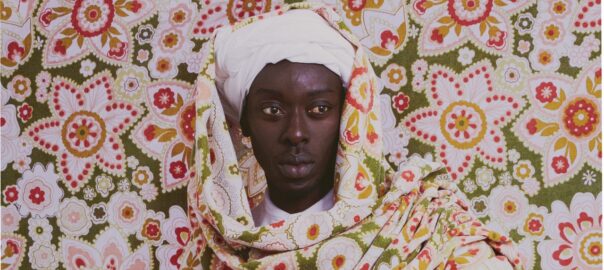[ad_1]
Shauna Lyon
Goings On editor
Welcome to the new Goings On newsletter, in which we bring our incisive, thoughtfully considered list of the best and most intriguing happenings in culture directly to your in-box. This new iteration of Goings On replaces our previous culture newsletter, The New Yorker Recommends, and marks the evolution of our iconic Goings On About Town section—which was in the very first issue of the magazine, in 1925, titled “Goings On: The New Yorker’s conscientious calendar of events worth while.” From the very beginning, the listings, covering art, the theatre, moving pictures, and dinner-and-dancing venues, were quippy, incredibly cheeky, and brutally astute. The new Goings On will hark back to those roots, recalibrated for the needs of the digital culture seeker.
Illustration by Christoph Niemann
Each week, the newsletter begins with a consideration, by one of our writers, of current cultural happenings—from the latest eighties-movie theatrical adaptations (will Broadway audiences love “Back to the Future: The Musical” as much as those on the West End did?) to the blockbusters dominating the conversation (is it just me, or is it starting to feel like Oppenbarbie may never go away?). Spotlight features one can’t-miss event of the week; in About Town, our critics review the latest cultural events across various disciplines and highlight the ones worth checking out. For Pick 3, a new feature inspired by a segment on “The New Yorker Radio Hour,” writers expound on their latest obsessions—this week, Michael Schulman gives his shortlist of under-the-radar alternatives to mainstream entertainment.
Consider Goings On your weekly guide to what’s new and interesting in art, music, TV, podcasts, movies, books, and more, not only in New York City but also beyond the city’s borders, including online—after all, so much of our culture today can be found right on our phones. But the Goings On ethos remains the same: astute, snappy previews and critical reviews, offering an arts primer, a piquant snapshot of the day’s cultural scene, and, perhaps, ideas for your after-work or weekend plans. Thank you, as always, for reading.
Spotlight
Photograph by Omar Victor Diop / Courtesy Brooklyn Museum
Art
The vital and necessary exhibition “Africa Fashion” (at the Brooklyn Museum, through Oct. 22) gives viewers the opportunity to examine garments—and attendant conceptions of self-presentation—that amount to a very particular way of being that doesn’t necessarily exclude colonial influence. African designers ranging from Kofi Ansah to Imane Ayissi took ideas from Europe, and from the rest of the world, to make their remarkable work, just as the world has for so long taken from Africa. All this is enhanced by the influence of clothing, objects, and hair styles indigenous to each designer’s home region. Africa is not one place, and the curators Ernestine White-Mifetu and Annissa Malvoisin provide the space to embrace its multiplicity.—Hilton Als
About Town
Pop Music
If the sugar-rush bliss of Carly Rae Jepsen’s first hit single, “Call Me Maybe,” evokes teen-aged mania, the music she has released since offers more nuanced pleasures. The same longing that defines her smash hit lingers throughout her discography, but her songwriting has become significantly more refined. The crown jewel of her catalogue, “Emotion,” channels its title, matching the passion of its eighties-inspired sound. Existing alongside her trove of warm pop LPs is a series of B-sides that riff on her ideas of dance pop and disco. With another companion record imminent—“The Loveliest Time,” mirroring her quarantine album, “The Loneliest Time”—Jepsen embraces a never-ending yearning.—Sheldon Pearce (The Rooftop at Pier 17; Aug. 7-8.)
Broadway
For “Here Lies Love,” David Byrne’s mix of morality play—about the rise and fall of Imelda Marcos—and G-rated rave, an impressive team, led by the director Alex Timbers, reconfigured Broadway’s barn-iest theatre into a warehouse-style disco. Imelda (Arielle Jacobs), her co-despot, Ferdinand (Jose Llana), their foil Ninoy Aquino (Conrad Ricamora), and Broadway’s first all-Filipino cast sing catchy songs (by Byrne and Fatboy Slim) about, essentially, propaganda and graft as they invite the dance-floor crowd to boogie along. The audience initially fills in, visually and dramaturgically, as the Marcos-loving masses, then as the protesters who toss the autocrats out, yet the fundamental disjunction never resolves. Amid the aesthetic ravishments, it’s hard to forget that Imelda’s cardinal sin was greed—and “Love” itself is an exercise in ecstatic excess.—Helen Shaw (Reviewed in our issue of 7/31/23.) (Broadway Theatre; open run.)
Contemporary Dance
Photograph by Stephanie Berger
[ad_2]
Source link
